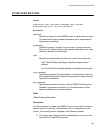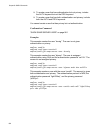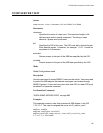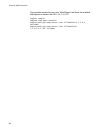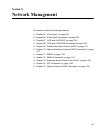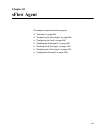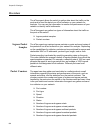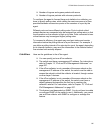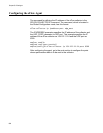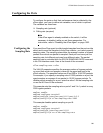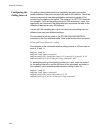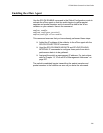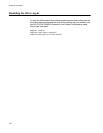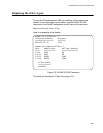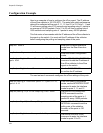AT-9000 Switch Command Line User’s Guide
997
Number of ingress and egress packets with errors
Number of ingress packets with unknown protocols
To configure the agent to forward these port statistics to a collector, you
have to specify polling rates, which define the maximum amount of time
permitted between successive queries of the counters of a port by the
agent.
Different ports can have different polling rates. Ports to which critical
network devices are connected may be assigned low polling rates, so that
the information on the collector is kept up-to-date. Ports connected to less
critical devices may be assigned higher polling rates.
To increase its efficiency, the agent may send port status and counter
information before the polling interval of a port times out. For example, if
you define a polling interval of five minutes for a port, the agent, depending
on its internal dynamics, may send the information to the collector before
five minutes have actually elapsed.
Guidelines Here are the guidelines to the sFlow agent.
You can specify just one sFlow collector.
The switch must have a management IP address. For instructions,
refer to Chapter 13, “IPv4 and IPv6 Management Addresses” on
page 257.
If the sFlow collector is not a member of the same subnet as the
management IP address of the switch, the switch must be able to
access the subnet in which the collector is located, through routers
or other Layer 3 devices.
If the sFlow collector is not a member of the same subnet as the
management IP address of the switch, the switch must have a
default gateway that specifies the first hop to reaching the
collector’s subnet. For instructions, refer to Chapter 13, “IPv4 and
IPv6 Management Addresses” on page 257.
This feature is not dependent on SNMP. You do not have to enable
or configure SNMP on the switch to use it. Additionally, you cannot
use an sFlow collector with SNMP to configure or manage this
feature.



